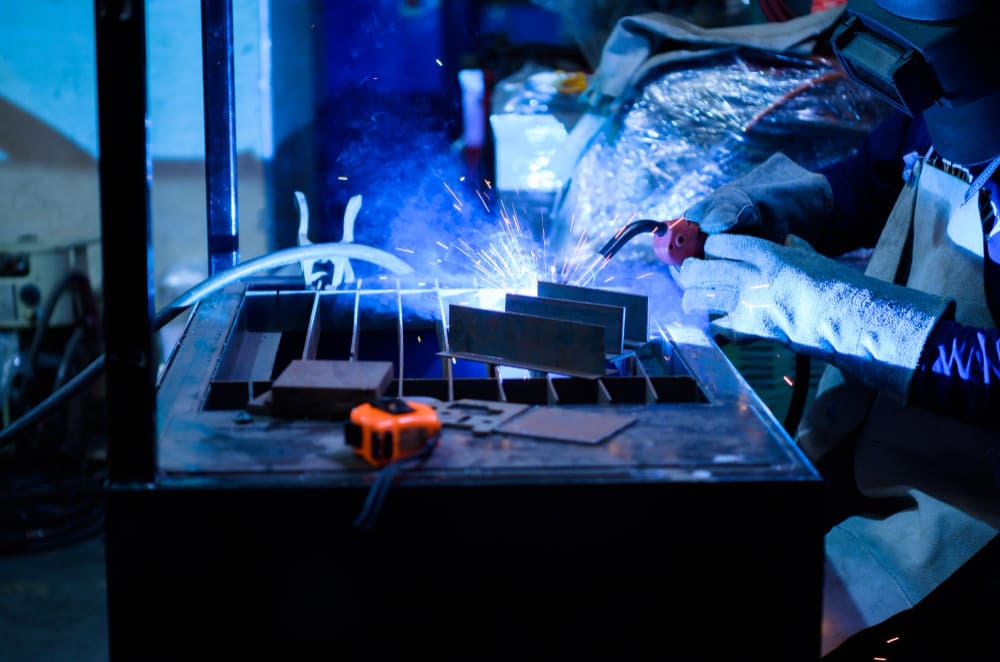The welding industry faces constant challenges related to operational efficiency and cost reduction. In an increasingly competitive environment, companies are seeking ways to optimize their processes while maintaining high product quality. One of the most effective solutions is implementing specialized welding software. These technological tools can transform the way welding processes are managed, leading to significant cost savings.
What is Welding Software?
Welding software is a digital tool that facilitates the planning, scheduling, and control of welding operations. These systems may include features such as welding simulators, quality control, process analysis, inventory management, and precise calculations of material consumption. Additionally, they enable efficient integration with other business management systems like ERP (Enterprise Resource Planning) and MES (Manufacturing Execution System), further optimizing company workflows.

Cost Reduction Benefits of Welding Software
1. Optimization of Production Time
One of the highest costs associated with welding is time. Welding is a process that requires precision and can become long and costly if not properly managed. Specialized software allows for more precise scheduling of welding tasks, reducing downtime and improving the overall efficiency of the production plant. By automating and optimizing planning and scheduling phases, it prevents work overload and maximizes worker productivity.
2. Improved Work Quality
The quality of welded joints is a critical factor that directly influences costs. Welding defects can result in material waste, overtime to fix errors, and the loss of products that fail to meet required standards. Welding software enables the simulation of joints and the prediction of potential failures before actual work begins. This not only ensures greater precision during execution but also helps reduce the likelihood of rework and repairs, leading to significant resource savings.
3. Precise Material Control
Material inventory control is another area where welding software can generate significant savings. These programs offer the ability to precisely track material consumption during each welding process, avoiding waste and ensuring the correct materials are used in the right quantities. Additionally, having a more accurate record of inventory allows companies to avoid unnecessary or excessive purchases that increase costs.
4. Better Cost Planning and Estimation
Welding software also facilitates the creation of more realistic and detailed budgets. By analyzing historical data and predicting costs associated with each welding job, companies can accurately estimate the required resources, production times, and material costs. This optimized planning helps avoid surprises and enables businesses to manage their profit margins more efficiently.
5. Integration with Other Business Systems
An additional advantage of using welding software is its ability to integrate with other business systems such as ERP and CRM. This integration allows companies to efficiently manage all aspects of operations, from inventory control to billing and customer relationship management. With real-time access to detailed reports and information, decision-makers can make more informed choices and improve workflows, thereby reducing indirect costs associated with business management.
6. Reduced Dependence on Highly Specialized Labor
Welding is a skill that requires experience and expertise, but with the right software, it is possible to reduce reliance on highly specialized operators for some processes. Automated tools for scheduling and simulation can help less experienced operators perform welding tasks with greater precision and efficiency. This allows companies to reduce costs associated with training and hiring highly specialized personnel while increasing production capacity.
7. Predictive Maintenance and Reduced Equipment Failures
Welding software can also provide predictive maintenance tools, helping to reduce downtime of welding equipment. By monitoring the condition of machines and predicting potential failures, interventions can be made before a major problem occurs, preventing unplanned stoppages and costly repairs. This not only improves operational efficiency but also contributes to significant long-term savings on maintenance costs.






